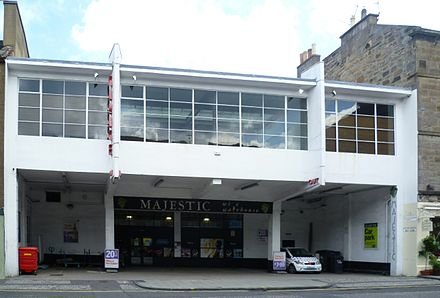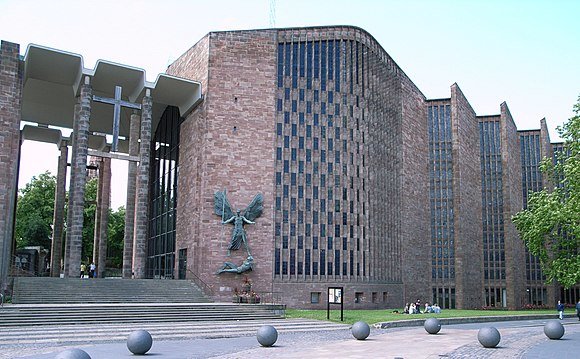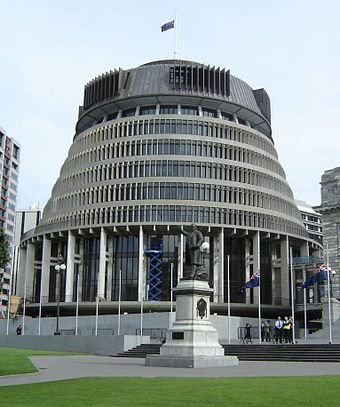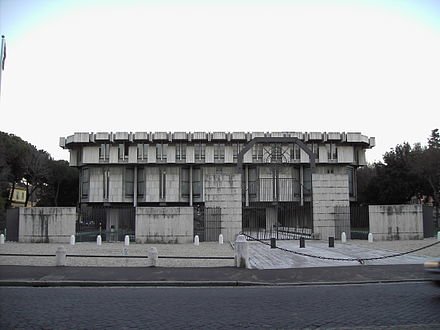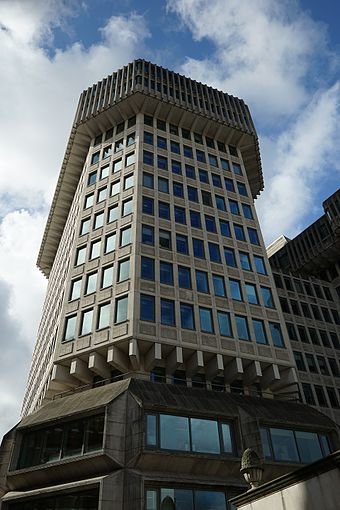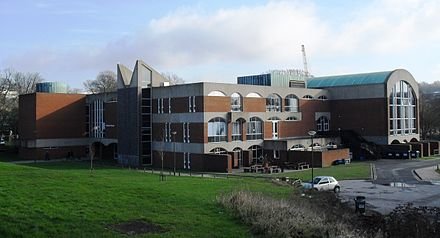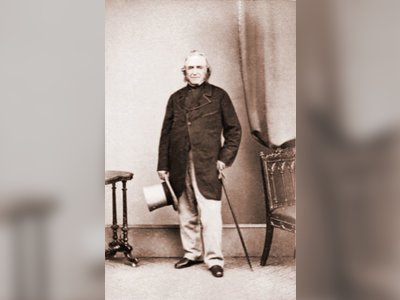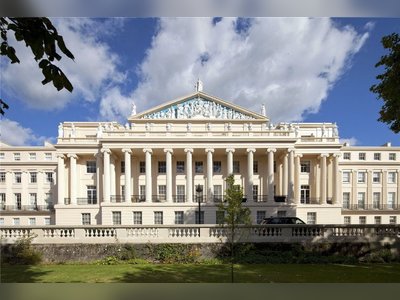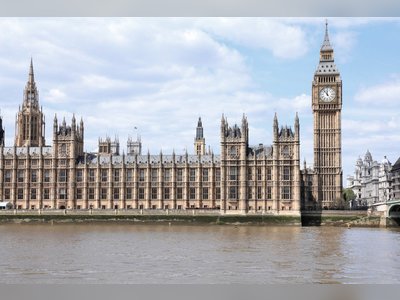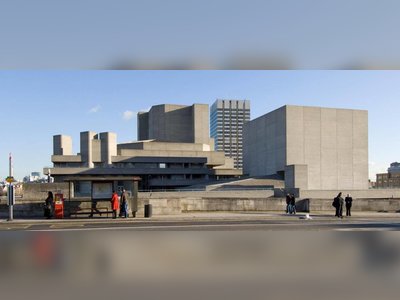Basil Spence
The Architectural Maestro of Modernist Britain.
Sir Basil Urwin Spence (1907 - 1976), an illustrious architect of the 20th century, carved an indelible imprint on the architectural heritage of Britain through his iconic edifices. Associated primarily with Coventry Cathedral in England and the Beehive in New Zealand, Spence's distinctive style embodied an innovative fusion of Modernist and Brutalist trends, making him a notable figure in British architectural history.
Early Years and Education
Born in Bombay, India, to Urwin Archibald Spence, Spence's intellectual journey began in Scotland, where he attended George Watson's College and later enrolled at the Edinburgh College of Art (ECA). His architectural prowess won him several accolades and a scholarship at the college. Simultaneously, he drew architectural perspectives for eminent architects such as Leslie Grahame-Thomson, Reginald Fairlie, and Frank Mears.
A crucial milestone in Spence's training was his stint at the office of renowned architect Sir Edwin Lutyens in London, where he was part of the design team for the Viceroy's House in New Delhi, India. This experience, coupled with his evening classes at the Bartlett School of Architecture under A. E. Richardson, indelibly influenced Spence's architectural style.
Formative Years in Architecture
Spence, in collaboration with William Kininmonth, established a practice in Edinburgh in 1931. Initially focusing on residential commissions, the firm expanded its ambit after merging with Rowand Anderson & Paul in 1934. Under this new banner, Spence was involved in the design of exhibition pavilions and country houses, a marked shift from his initial residential focus.
Spence's architectural prowess was showcased in the designs of Broughton Place and Quothquan. Yet, his most avant-garde work was Gribloch, a modernist Regency style country house commissioned by John Colville and his American wife.
World War II and the Military Service
With the onset of World War II, Spence was commissioned into the Camouflage Training and Development Centre of the British Army. His participation in the D-Day landings in 1944 and subsequent service earned him mention in despatches twice, and he retired as a major in 1945.
Postwar Achievements
The post-war era marked Spence's foray into independent practice, leading to the establishment of Basil Spence & Partners with Bruce Robertson. He was recognised for his expertise in exhibition design with an OBE in 1948. His significant commissions during this period included the Sea and Ships Pavilion for the 1951 Festival of Britain.
The Iconic Coventry Cathedral
Perhaps the most defining chapter in Spence's career was the design and execution of the Coventry Cathedral. The original structure was severely damaged during the World War II German bombing in 1940. The rebuilding was announced through a competition, which Spence won with his avant-garde design proposal. The reconstruction commenced in 1956, and Spence's groundbreaking design was completed in 1962. For his unparalleled contribution to Coventry Cathedral, he was knighted in 1960, and in 2012, Royal Mail commemorated the cathedral's significance with a stamp in its "Britons of Distinction" series.
Architectural Innovations Beyond Britain
Simultaneously, Spence's architectural mastery was reaching corners beyond Britain. He designed the British Embassy in Rome and Hyde Park Cavalry Barracks in London. However, his designs for the high-rise Hutchesontown C housing in Glasgow, intended to replace the infamous slum tenements, were less successful. Despite his intentions, poor execution and systemic social issues led to their demolition in 1993.
Spence also left his architectural mark on Scotland's capital, Edinburgh, with modernist buildings on The Canongate and Edinburgh University Library. His contribution extends to New Zealand, where he conceptualised the design for the executive wing of the New Zealand Parliament Buildings, popularly known as "The Beehive".
Spence's Legacy
The prolific architect's final works included commissions for public, private, and university buildings, including Aston University Library and Management Centre, along with an unexecuted cultural centre for Bahrain. Notably, some of his projects were completed posthumously, such as the Glasgow Royal Infirmary in 1981.
After his death in 1976, Spence's legacy was carried on by his practice, Spence, Ferguson and Glover, until its disbanding in 1992. His contribution to British architecture was revisited in the 2006 BBC Scotland documentary, "Rebuilding Basil Spence".
Spence's work, be it the celebrated Coventry Cathedral or the contentious Hutchesontown C housing, has undeniably sculpted the architectural landscape of Britain. His unique blend of Modernist and Brutalist styles continues to be a vital part of British heritage. Despite the ebb and flow of his architectural fame, Spence's legacy remains an integral thread in the fabric of 20th-century British architecture.
- Basil Spenceen.wikipedia.org

